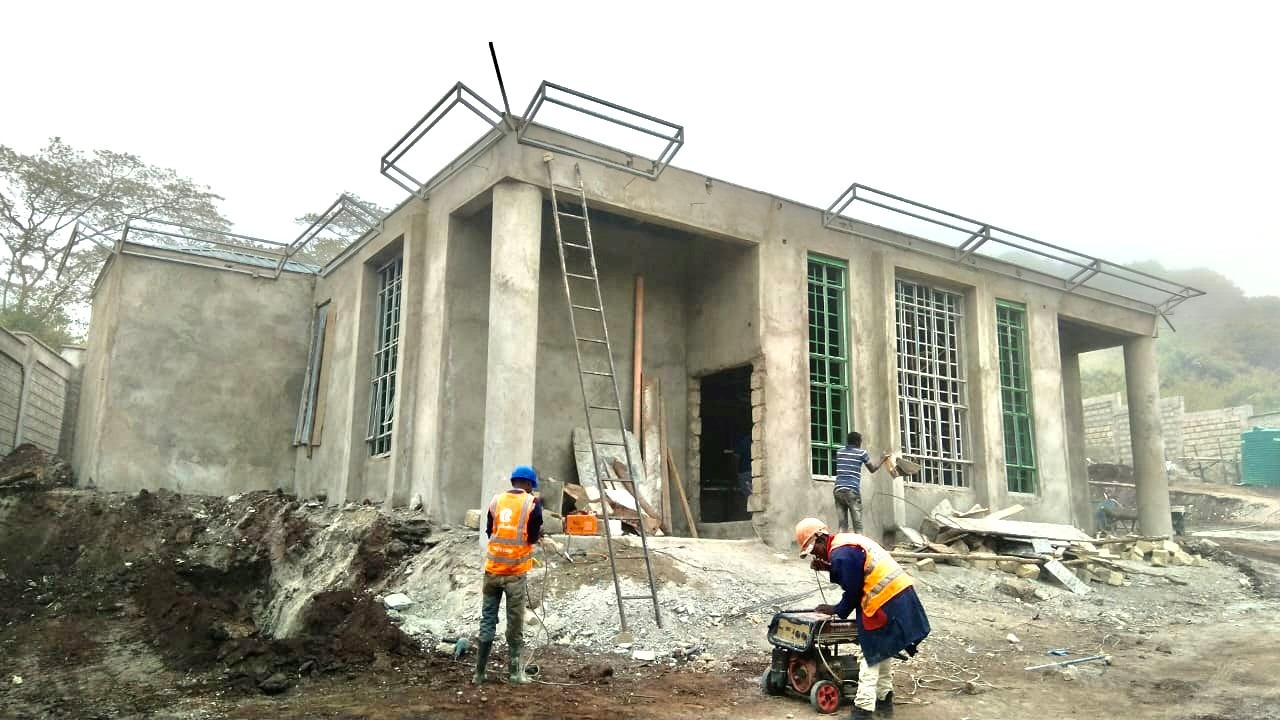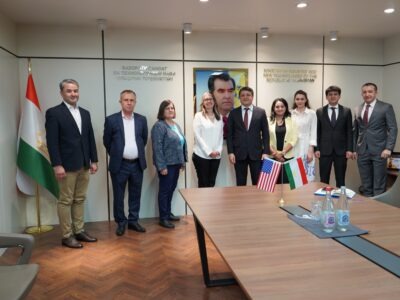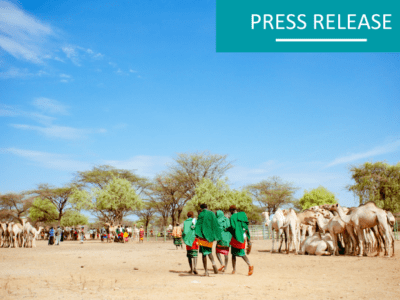
Kenya has made significant progress in financial inclusion, tripling its financial sector in 13 years and providing financial access to 83 percent of the population, according to the Financial Access Household Survey 2019. Despite the progress, there are still gaps based on wealth, gender, and geography. The same survey found that only 70 percent of the country’s poor are financially included, compared to 96 percent of wealthy. And only 80 percent of women are included, as opposed to 86 percent of men. There are also divides between urban and rural access, as Kenya’s rural geographies trail the country’s urban centers in terms of financial inclusion.
The USAID Kuza project, which operates under the Feed the Future Kenya Livestock Market Systems Leader with Associates, works within the 10 arid and semi-arid counties of the Frontier Counties Development Council (FCDC) Region of Northern Kenya: Garissa, Isiolo, Lamu, Mandera, Marsabit, Samburu, Tana River, Turkana, Wajir and West Pokot. The project, implemented by ACDI/VOCA, is working to bridge these gaps by promoting the significant opportunities to spur economic growth and private sector investment in key sectors and supporting services.
Key to further supporting the region’s development is tailored support to the financial sector. The previously mentioned divides in financial access play out in the form of unsuitable financial products and a lack of access to an investable pipeline of businesses. As well, regional financial institutions face liquidity constraints that severely hamper their ability to offer products at an attractive market rate.
To address these issues, USAID Kuza established a tailored investment mechanism called the Impact for Northern Kenya Fund (“the Fund”). The Fund provides financing that expands economic opportunities in Northern Kenya, using a market systems approach to support drivers of economic and social growth and incorporating gender and youth lenses. The Fund provides much-needed financing to Kenya’s underserved counties, bridging gaps in access to finance between urban and rural, male and female, and low- and high-income populations. The mechanism provides wholesale loans to financial institutions that work in the FCDC counties, injecting liquidity into the areas and businesses that most need it.
USAID Kuza developed an impact strategy and metrics to guide the Fund in identifying, evaluating, monitoring, and reporting on the clients of financial institutions. It will also support the institutions in their selection and monitoring of micro, small- and medium-sized enterprise end clients. The strategy defines the positive impact screens, such as gender and youth inclusivity and market systems approaches, and the negative impact screens.
USAID Kuza believes that the Fund structure will benefit both the supply and demand sides of finance in the 10 counties. On the supply side, the Fund will directly support financial institutions in expanding their ability and capacity to serve regional businesses, linking up to provide much-needed technical assistance. The on-lending funds will incentivize the institution to broaden their prospective borrowers. On the supply side, the Fund will support local businesses’ need for more suitable financing. By helping financial institutions improve their offerings or enter into a new market, the Fund will serve as a proof-of-concept encouraging financial institutions to distribute more capital to Northern Kenya.
Learn more about USAID Kuza.
Learn more about the Feed the Future Livestock Market Systems Activity.
Learn more about our work in Kenya.
Learn more about AV Ventures.
For more information on the Impact for Northern Kenya Fund, please contact Ronald Musundi at rmusundi@av-ventures.com.







